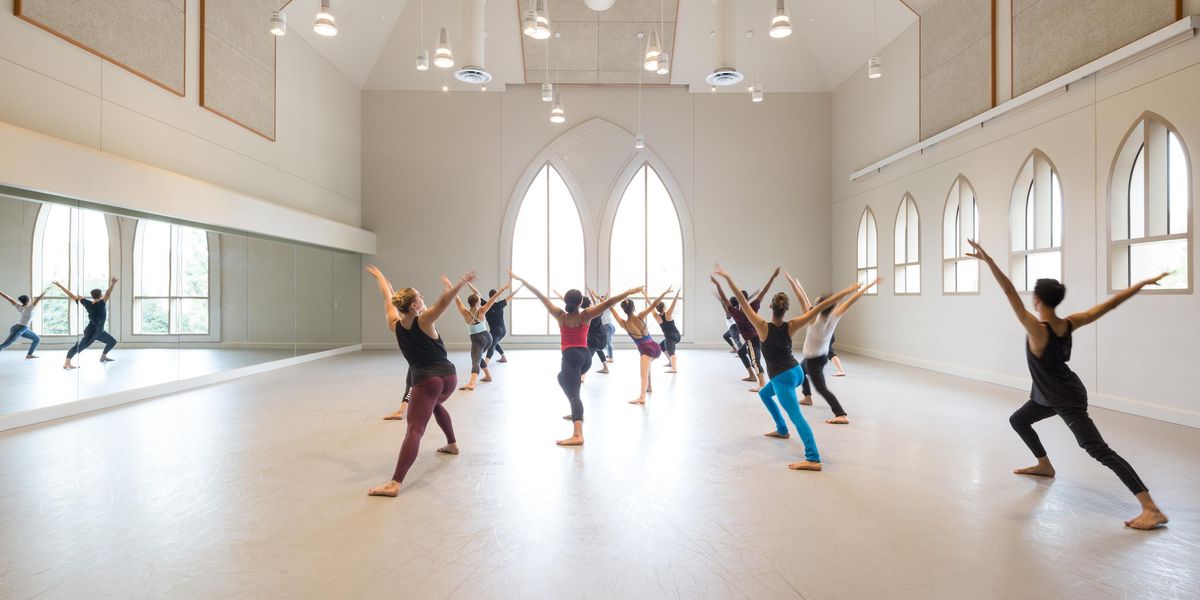Sidi Larbi Cherkaoui at Sadler's Wells
Sadler’s Wells, London
Performances reviewed:
Sutra
, April 3, 2013 and
Puz/zle,
April 24, 2013
By confounding our expectations, Sidi Larbi Cherkaoui’s dances often force us see dance anew. His choreography wanders as freely as imagination, focusing in different pieces on Japanese manga, physical disablities, flamenco, Indian dance, and the power of prayer.
Returning to Sadler’s Wells five years after its premiere there, Sutra introduces us to a community of Shaolin monks, who traditionally express their Buddhist beliefs through a combination of Kung-Fu and Tai Chi. Now described as warrior monks, they have fused breathing exercises and calisthenics for both military and spiritual purposes.
Cherkaoui has transformed their codified movement into choreography that evokes many aspects of human experience, from friendship to travel to death. The dramatic action takes place in, on, and under wooden boxes shaped like coffins, designed by the British sculptor Antony Gormley. As the 17 monks rearrange these simple structures, the boxes become their homes—carried on their backs as if they were snails—or tiers of beds, stacked like bunks in a ship’s hold, or the unfolding petals of a flower, or springboards for aerial tumbling that defies gravity.
A little boy, clearly an apprentice or student of the monks, guides a curious outsider into their unfamiliar rituals, sometimes demonstrating their astounding elasticity to encourage the adult to try it himself. Though the monks only perform a handful of the 708 movements sequences and 522 boxing sequences they have mastered, Cherkaoui’s selection opens a window into their cherished disciplines and muscular power.
Cherkaoui’s
Puz/zle, Photo courtesy Sadler’s Wells
His newest work, Puz/zle, is more ambitious but less effective. It involves 11 dancers from his company, Eastman; a six-voice Corsican male choir; a Lebanese female singer; and a Japanese percussionist who also plays the flute. Instead of the monks’ boxes, the dancers handle gray slabs meant to resemble stone, climbing them, stacking them, toppling them, and manipulating them into stairs, walls, monuments and an underground cave.
Cherkaoui’s
Puz/zle, Photo courtesy Sadler’s Wells
With each new configuration, the movement changes character. Sometimes the dancers evoke a centipede as they pass one gesture in a continuous ripple from body to body. Sometimes they form close-knit trios, tightly interlocked by their flexed ankles and wrists. Soloists emerge from the group, one stumbling forward in evident despair with his arms wrapped protectively around his head, another twisting and flipping like a beached fish. Dancers wielding a chisel and an electric drill convert flesh into statuary by chipping at two immobile figures as a sculptor would shape stone.
Cherkaoui’s
Puz/zle, Photo courtesy Sadler’s Wells
Too restless to settle on any one style or subject, Cherkaoui informs the piece with the precise science of mathematics, then the tension of personal relationships, then the ferocity of politics—an impassive crowd stones the man in that underground space. Finally, only waving arms remain, rising hopefuly from the bodies that have vanished headfirst between the flattened slabs.
Despite the haunting singing and truly dazzling dancing, nearly two hours of this hodgepodge seemed overly long. Editing would sharpen its purpose and help us navigate its confusing maze of allusions.
From top: Cherkaoui’s
Sutra, by Hugo Glendinning, all courtesy Sadler’s Wells




